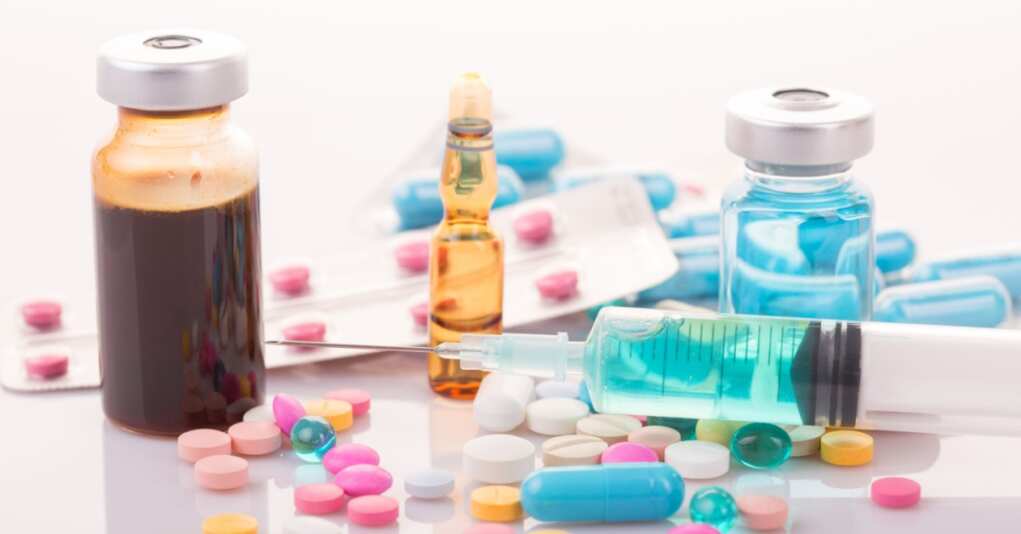Forget Big Pharma: How China’s Medicine Imports Could Make Your Prescriptions Pricier

In a move that’s sure to have Americans reaching deeper into their wallets, the Trump administration has announced a 10% tariff on Chinese imports, effective February 1. While the aim is to bolster domestic industries and address trade imbalances, this policy could have an unintended side effect: making your prescription medications more expensive.
It’s no secret that the U.S. healthcare system relies heavily on international sources for pharmaceuticals. In fact, nearly 30% of raw ingredients used to make critical drugs come from China. This includes everything from antibiotics like amoxicillin to medications for heart disease and cancer. With the new tariffs in place, the cost of importing these essential components is set to rise, and it’s unlikely that pharmaceutical companies will absorb these additional expenses out of the goodness of their hearts.
Generic drug manufacturers, who produce about 90% of the prescription drugs in the U.S., operate on razor-thin profit margins. They’re already constrained by regulations that prevent them from raising prices easily. Add a tariff into the mix, and these companies might find it economically unfeasible to continue production, leading to potential drug shortages. Imagine going to the pharmacy only to find that your essential medication is out of stock—not because of a supply chain hiccup, but due to policy decisions.
Hospitals are also sounding the alarm. The American Hospital Association has expressed concerns that the tariffs will affect a range of medical supplies, including disposable face masks and plastic gloves, nearly all of which come from China. The association warns that these increased costs could strain hospital budgets and, ultimately, patient care.
While the intention behind the tariffs is to encourage domestic production, building pharmaceutical manufacturing infrastructure isn’t as simple as flipping a switch. It can take five to ten years to establish new facilities that meet regulatory standards. In the meantime, the U.S. remains dependent on imports to meet the healthcare needs of its population.
Critics argue that the tariffs could lead to higher drug prices and exacerbate existing shortages. They point out that while the goal of strengthening domestic industries is laudable, the immediate impact on consumers—particularly those who rely on affordable medications—could be severe. It’s a classic case of good intentions paving the way to… well, you know the rest.
In response to these concerns, some are calling for exemptions for medical goods from the tariffs. The argument is that healthcare is an essential service, and access to affordable medications shouldn’t be compromised by trade disputes. Whether the administration will heed these calls remains to be seen.
In the meantime, consumers should brace themselves for potential changes at the pharmacy counter. It might be wise to consult with healthcare providers about possible alternatives or generics that are less affected by international trade policies. After all, staying informed and proactive is the best medicine—no prescription required.
So, as the geopolitical chess game continues, it’s the everyday American who might end up paying the price, literally. Let’s hope our leaders can find a way to protect national interests without compromising public health. Because when it comes to healthcare, the stakes are too high for gambits.”









